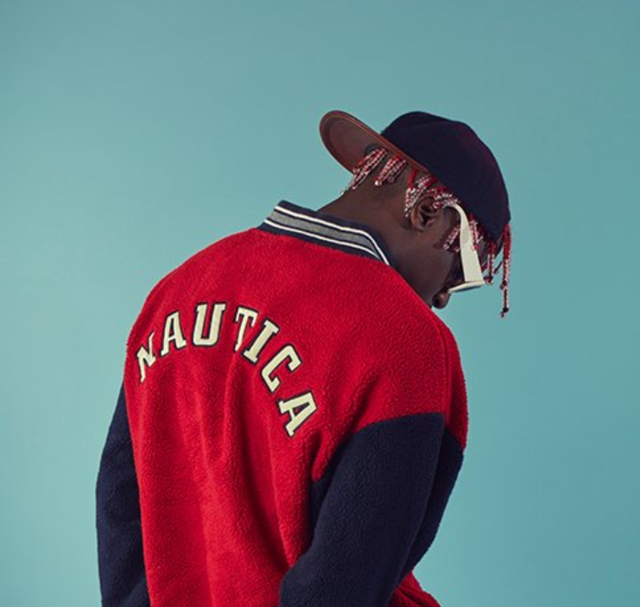Today, it is disconcertingly common to hear repetitive, unimaginative music. This is largely due to the growing power of both the music and the entertainment industry in the world economy. Increasingly, the music that people are inundated with on a daily basis is inspired by corporate greed instead of real, artistic vision. It becomes almost impossible for the average consumer to sort through the layers of red tape that separate the artist from the work that they produce. For example, record companies often use confusing legal jargon when describing an artist’s or groups’ processes, motivations, etc. Illusions are purposely created to hide the fact that many artists are acting as a pretty face onto which the record company can project something that is guaranteed to succeed monetarily. It goes without saying that this environment is not conducive to artistic ingenuity. It is, therefore, the job of the industry outsiders to push music as a whole forward by taking artistic risks.
Enter the 1975. The Manchester-based four-piece is a band that uses its incredible artistic talent and unwavering passion for the craft to create meaningful music about a wide range of topics. The band explores the the the concepts of art, religion, life, love, and debauchery as these themes relate to the lives of modern youth. Lead singer and songwriter of the band, Matty Healy, describes the 1975’s self-titled debut album beautifully when he says
“It’s everything that I know and every single song on the album, at some point, has been the most important thing in my life. I’ve spent my adult life working towards this album. It’s literally everything I am.”
Clearly, the 1975 makes music deeply rooted in personal experience. However, what really sets them apart is their respect for the art of musicianship and the artistic integrity that they embody throughout the creation of their music. Undeterred by the fast-paced nature of the modern music market, the 1975 spent almost 10 years creating music, playing gigs, and touring together before releasing an album. During this time, they experimented with every part of their identity; from their sound, to their aesthetic, to their name. The purposefully slow pace of their early career prove that the band members care more about the process of creating music than about the celebrity that can come from it. The incredible level of respect for the process of creating that the band members exhibit is hard to come across in today’s music scene. Matty Healy articulates his motivation for creating the 1975’s music in the below quote:
“We said ‘we’re not desperate to be famous, we’re not desperate to be in a massive band, let’s do it our way, on our terms, and make sure that our projection of ourselves is controlled by us’.”
It was important to the band that not only their music, but also their aesthetic appearance was completely under their control. The 1975 keeps their aesthetic simple, as to allow their music to be the star of the show. However, through their creative use of imagery and typing style on social media, the band has certainly made a unique and iconic aesthetic.
In his article “Accept Defeat: The Neuroscience of Screwing Up”, Jonah Lehrer discusses the need for creatives to think divergently and come up with many solutions for a problem, even though this will cause a lot of failure. This way of thinking is definitely evident in the way that Matty Healy and bandmate/co-songwriter George Daniel create the music for he 1975. The duo are constantly creating new content and trying out new sounds. Perhaps this is why the records that do make the final cut are so dynamic. In a way, the 1975 owe all their success to those years of creating songs that weren't “good” enough to see the light of day. Now they tour the world sharing their music with countless fans. Matty’s passion for the final part of the process was clear when he said:
“People need to get on board with what we’re doing and see that we’re for this generation. I want our music to be a part of people’s lives, properly.”
He has certainly succeeded at that.










